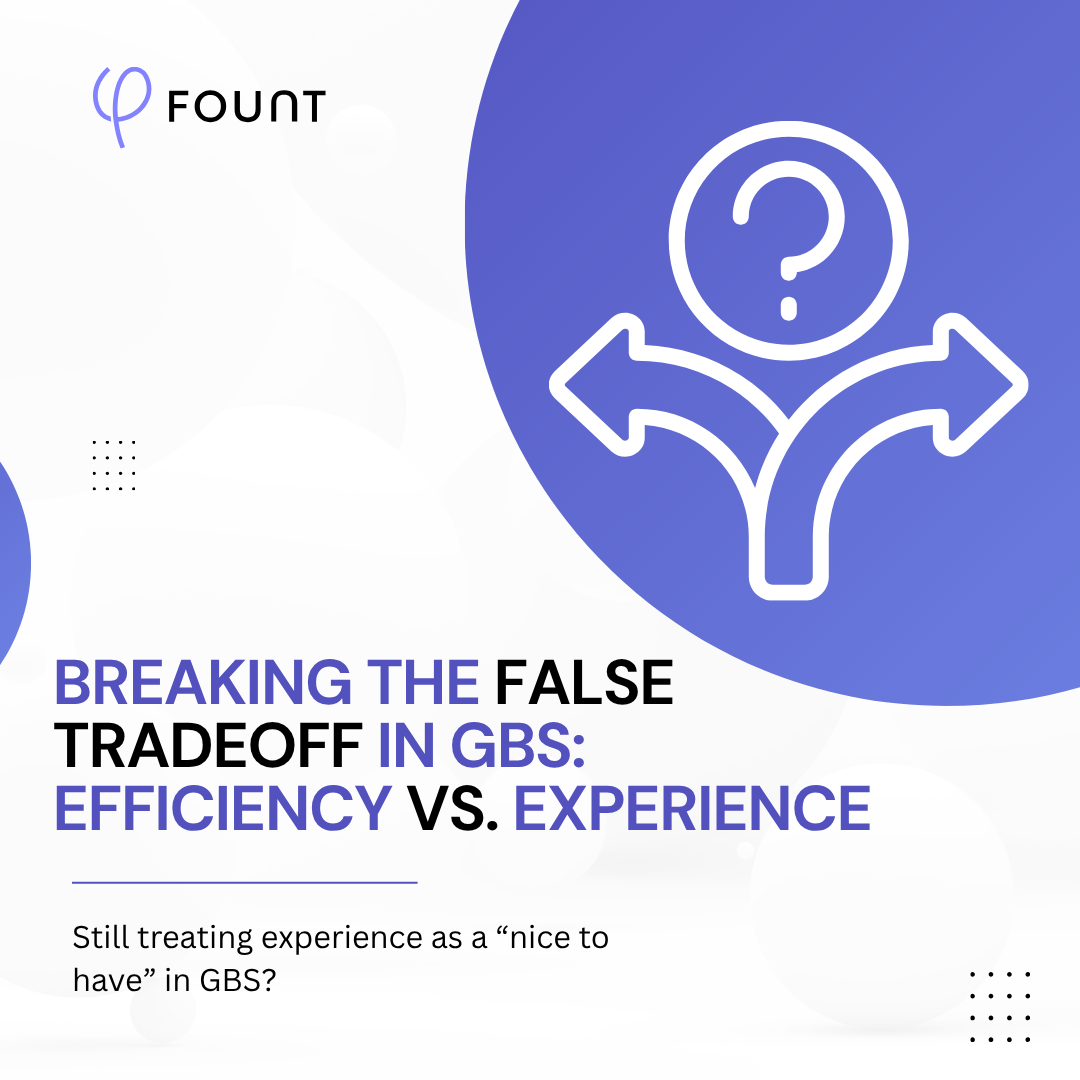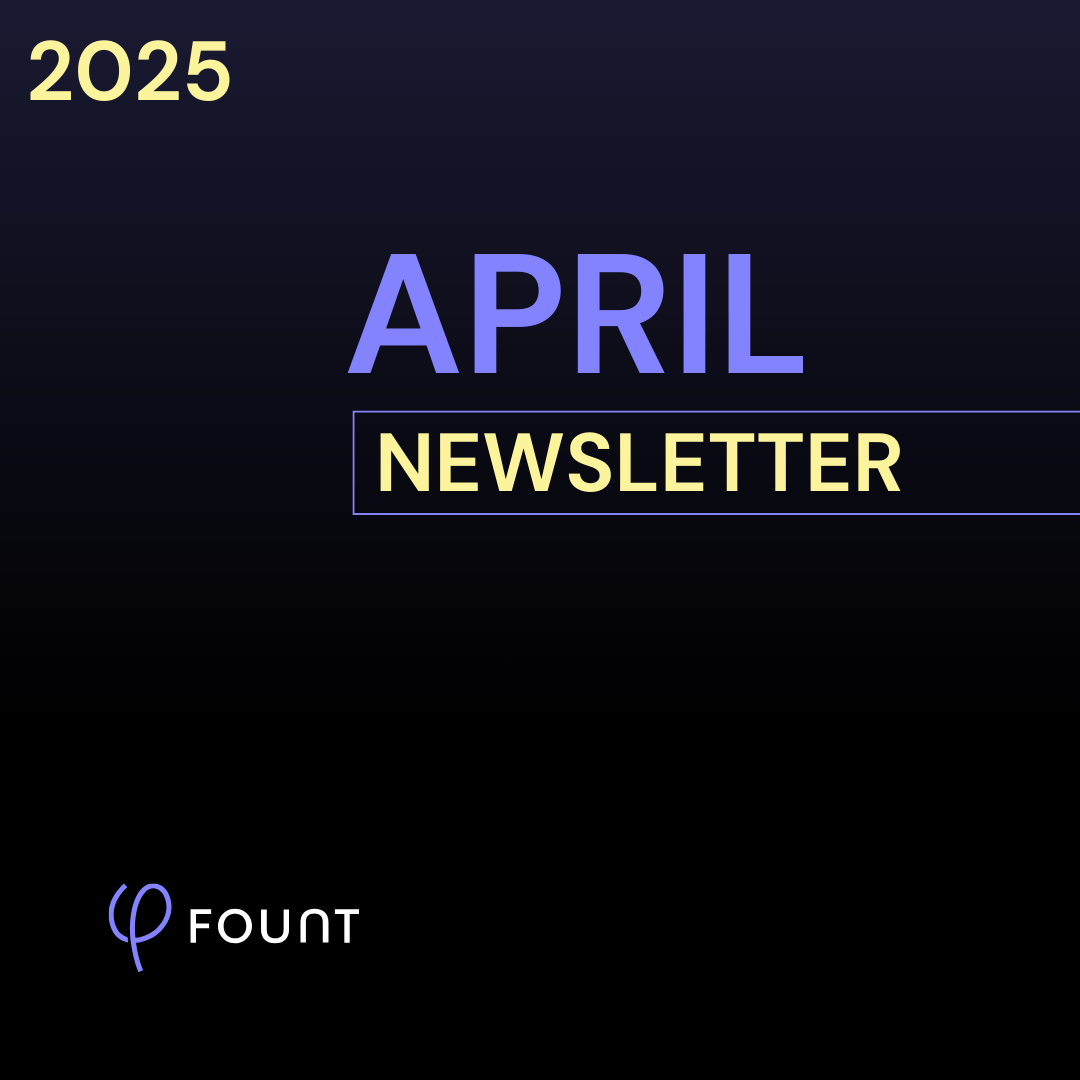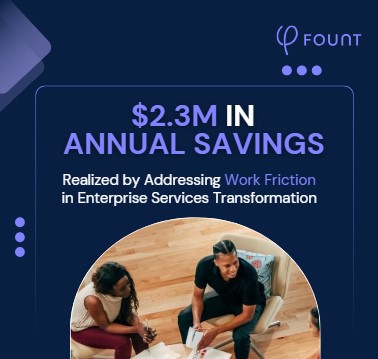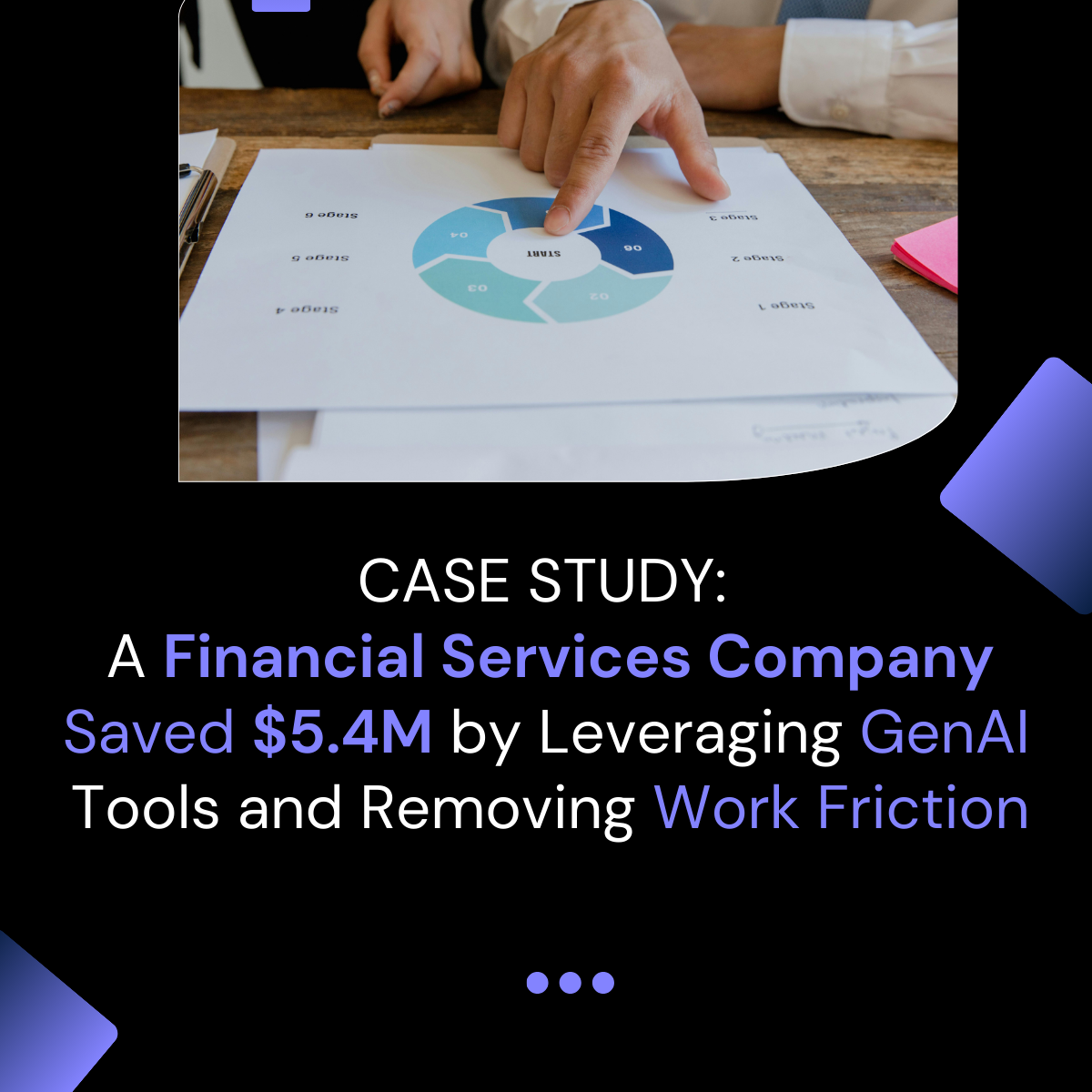Reduce Work Friction in Call Centers, and You’ll Ease the Agent Turnover Crisis
This article first appeared in CSM, the magazine for Customer Service Managers and Professionals. It was authored by FOUNT Co-founder and CEO, Christophe Martel.
Last year, call centers averaged a 38 percent agent turnover rate – 12 percentage points higher than in 2020. That turnover has a steep cost. Christophe Martel, cofounder and CEO of FOUNT, investigates work friction in call centers.
Analysts have blamed everything from competitor poaching to general dissatisfaction. But the reality is that many call centers see high turnover because their environment creates a lot of work friction: the kind of everyday obstacles that make it harder than necessary for agents to do their jobs.
To reduce agent turnover, leaders first need to reduce work friction. That starts with understanding the nature of the problem at hand. In this piece, I’ll explain what work friction is, how it impacts call centers, why current problem solving isn’t cutting it, and how leaders can reverse course with a data-first approach.
Work Friction Hurts Agents, Customers, Managers, and Leaders
Work friction is anything (from technology to processes to people) that makes an employee’s job harder. At call centers, it might look like…
- Headsets that frequently malfunction
- Separate platforms agents have to juggle for each part of the support workflow
- Multi-step approval processes for each support task
- Unpredictable or inflexible shift schedules
- Minimal time for breaks
Agents often experience a combination of these friction points (and many more), sometimes at the same time. The cumulative impact is serious: heightened stress, slower work, low morale, and burnout.
Over time, work friction starts to impact life outside the call center as well. Workers may find themselves without the time and energy to finish their coursework or pick the kids up from school. And while most agents don’t dream of quitting in their first six months, a high-friction environment can all but force that choice.
Work friction can directly impact customers as well. Maybe an agent sounds exhausted over the phone. Or punts their device issue to an in-person technician without even pausing to help troubleshoot. No matter the scenario, work friction prevents workers from creating a satisfying support experience – and customers take note.
At scale, work friction can devastate a call center’s bottom line. Apart from the cost of agent turnover itself, there’s the cost of…
- Low productivity
- Low efficiency
- Spotty performance
As long as work friction remains pervasive, everyone – from agents to customers to managers and leaders – will continue to feel the impact. And it’s clear that folks have already reached their breaking point.
Some “Solutions” Create More Work Friction
Most call center leaders can tell when workers are disengaged. But they don’t necessarily understand how work friction causes disengagement. So they try to treat the symptoms of disengagement (low motivation, productivity, etc.) without addressing the friction at the root of the problem.
This approach is often ineffective at best – and it can even make work friction worse.
Consider, for instance, a large call center that’s adopted Slack to enable faster communication on the floor. Agents might be able to ask questions and receive guidance asynchronously. But they’ll also have a new stream of constant, urgent-feeling pings – and there may not be an established norm for triaging Slack messages.
What’s more, the platform might not integrate with the call center’s custom task management software. So agents now have to manually add manager requests to their daily task lists – which creates additional work friction.
Environmental changes like this are often well intentioned. But in the process of solving one problem (e.g., difficulty reaching a manager on a busy call center floor), they can easily create new work friction that exacerbates agent turnover. And for call centers, any efficiency gains will prove marginal compared to the cost of high turnover.
So how can you identify the points of work friction impacting your agents? Ask workers. In the next section, I’ll explain how a ground-up, data-driven approach can help leaders solve the work friction problem.

Frontline Data Can Uncover Friction Points and Monitor Solutions
Frontline workers live with work friction every day and know it best. They’re the only authoritative – yet untapped – resource for learning…
- When work friction occurs in their daily work
- When work friction does the most damage to their productivity and engagement
- Potential ways to resolve causes of friction
One of the more common methods to learn from your workers is through short, targeted surveys. You don’t have to survey every employee, of course. The goal is to gain insights from a representative sample and incrementally apply what you learn across the board.
For example, you might issue a survey to new hires to understand what it’s like to do their job. Questions might cover specific activities (like handling an abusive caller) or broad topics (like career planning and taking leave).
From here, you can identify specific friction points and measure the impact of each change.
For instance, a few agents might say that limited breaks make it tough for them to focus during long shifts. As a result, you might change the number of breaks allowed per shift. Then, you can follow up with those agents a few months later to see whether that improved their workplace satisfaction.
Data that surfaces what gets in agents’ way is essential to solving the work friction problem. It’s like having a radar in heavy fog: you get a clear line of sight to the issues workers experience day to day. Once you have the right data, you realize you can fix practically any work friction problem – and, in turn, solve the agent turnover crisis.
Waste Less Work, Keep More Workers
At its core, work friction wastes workers’ time, energy, and effort. And as long as call centers create unnecessary hurdles for agents, there will continue to be a revolving door.
It’s time to focus on eliminating sources of workplace friction. This way, you can make it easy for agents to do their jobs well – and help them feel engaged enough to stick around.
To learn how FOUNT can help you reduce agent turnover, read more on our Solutions page or book a demo.
Related Resources
See all News
FOUNT News
LIVE Webinar. Beyond AI Hype: How to De-Risk Your GBS Transformation with Friction Data

Guest Post
3 Signs Your GBS Is Creating Friction Instead of Flow (And How to Fix It)

FOUNT News
June Newsletter: Friction is Killing Your AI ROI.

Insights
Breaking the False Tradeoff in GBS: Efficiency vs. Experience

Events
LIVE Webinar – July 9th for SSON Network. Beyond AI Hype: How to De-Risk Your GBS Transformation with Friction Data

Insights
To Create New Value, GBS Leaders Need Different Data

Insights
How to Keep Up with the Latest AI Developments

Insights
APRIL Newsletter. Friction: You Can’t Improve What You Can’t See



